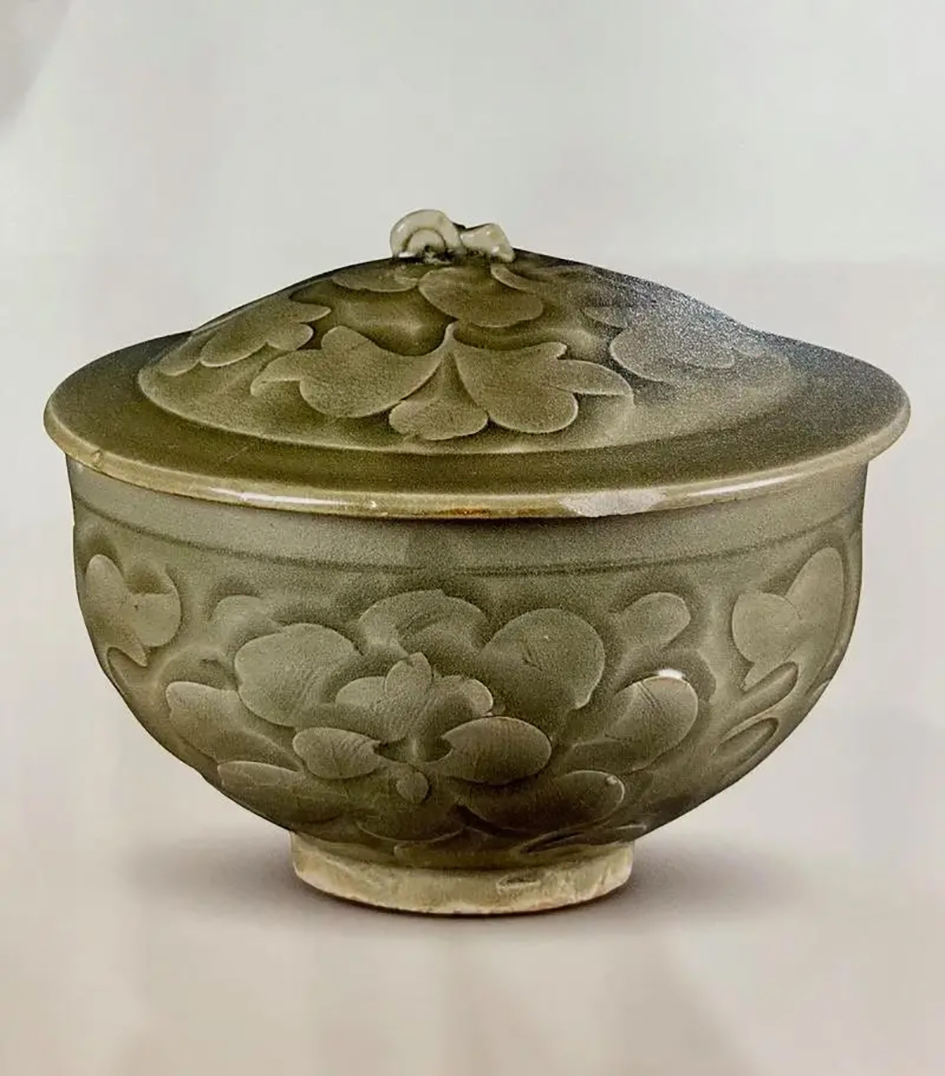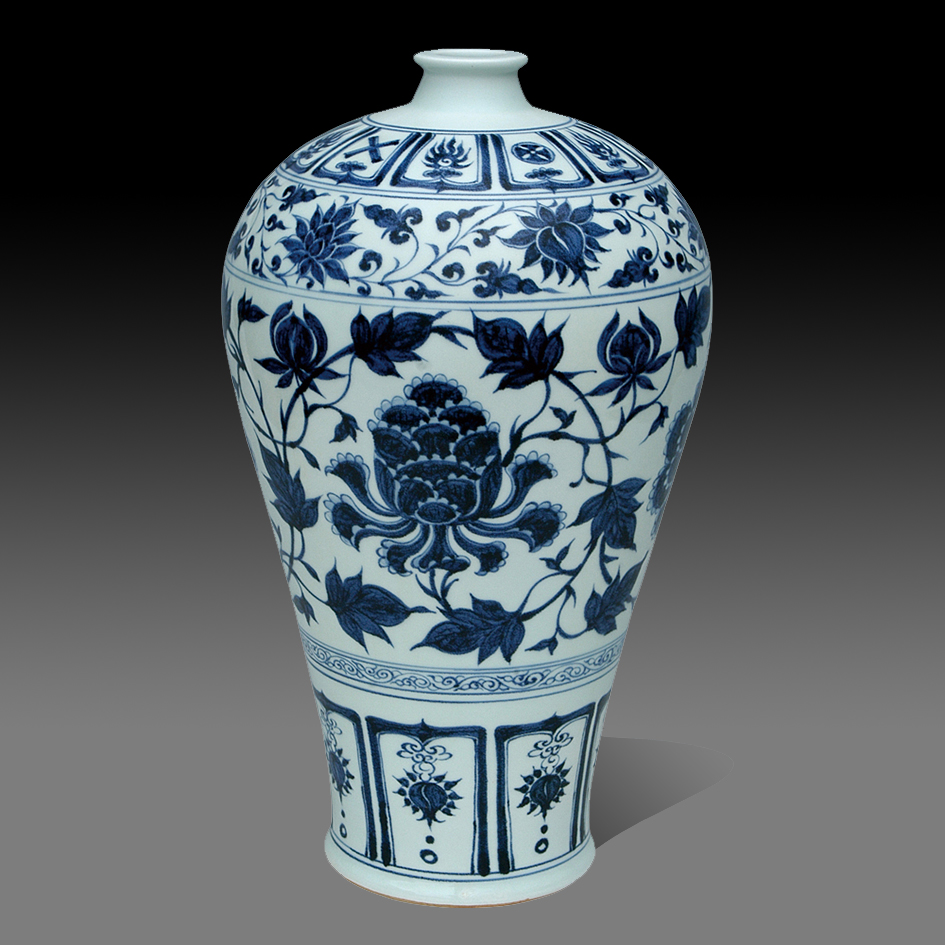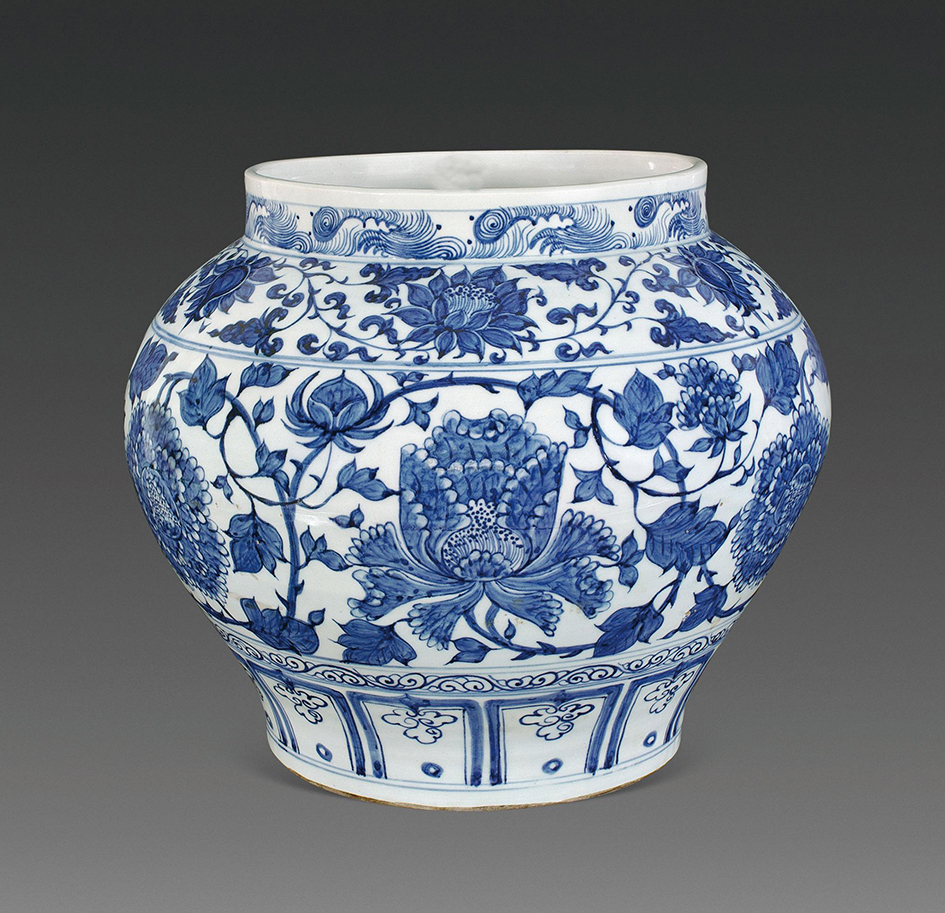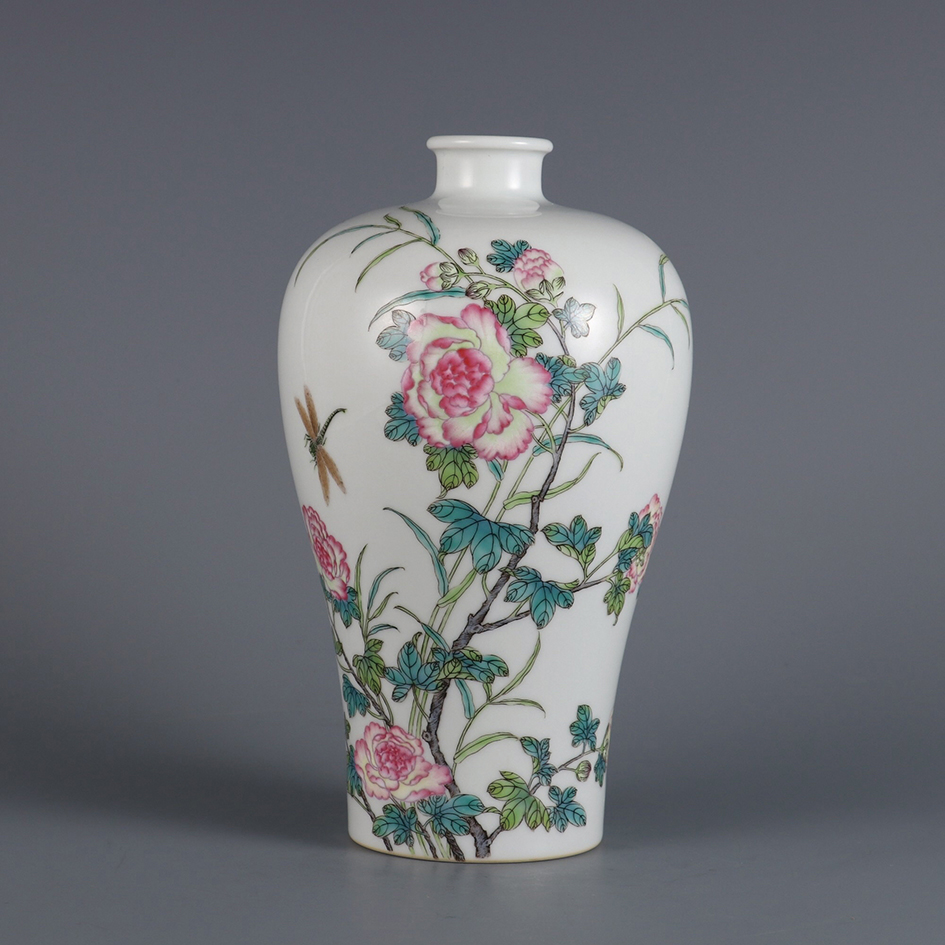The peony, a well-known ornamental plant, is celebrated for its large, beautiful blooms, often with dozens or even hundreds of blossoms. Its rich fragrance, vibrant colors, and graceful, luxurious appearance have earned it the titles of "flower of wealth," "king of flowers," and "fragrance above all." Beyond its beauty, the peony symbolizes prosperity and holds special cultural significance.

Figure 1 Peony Motifs in Song Dynasty
The peony motif became a decorative element during the Wei, Jin, and Northern and Southern Dynasties. It was first used in ceramic decorations during the Tang Dynasty, reaching peak popularity in the Song Dynasty. It is a very classic decorative motif on ceramic artworks. The motif exhibits diverse artistic expressions, including realistic and stylized representations, and utilizes techniques like carving, engraving, and painting. In forms, the motif could be presented by being painted, carved, scratched, scraped, and engraved. This versatile design, among the most distinctive floral patterns of the time, displays various forms and ornamental methods.

Figure 2 Peony Motifs in Yuan Dynasty
Ceramic wares with peony motif carvings have been found in the Yue Kiln throughout the Five Dynasties period, and in Ding Kiln, Cizhou Kiln, and Yaozhou Kiln in the Song Dynasty. The peony's depictions vary in composition, with both single blooms and clusters. For example, ceramic wares from Ding Kiln are usually carved with a single bloom of peony motif; ceramic pillows from Cizhou Kiln are usually carved with three peonies in cloud chignon curves on their surface, and ceramic wares from Yaozhou Kiln are carved with curved blooms pairwise. In design composition, blooms are arranged in suitable composition, balanced composition, and symmetrical composition. For example, the inner surface of the celadon bowl from Ding Kiln features a blooming peony motif with luxuriant branches and leaves spreading all over the body of the ware, which is a suitable composition. While celadon bottle from Yaozhou Kiln displays balanced arrangements of peonies with entwining and spreading branches and leaves, which is a balanced composition.

Figure 3 Peony Motifs in Ming Dynasty
The peony motif as decoration on ceramic wares remained popular across the Yuan, Ming, and Qing dynasties, decorating the primary areas of vases, bowls, plates, and jars. During the Ming and Qing dynasties, ceramic wares from Jingdezhen Kiln showcased a diversity of peony motifs, such as broken branch and entwined branch designs. Noteworthy examples include the blue-and-white plates with broken-branch peony motifs and the blue-and-white vases with entwined-branch peony motifs in the Xuande period in the Ming Dynasty. Their Intricate patterns present striking decorative effects. The Brown-glazed Gilded Handled Flagon with Peacock and Peony Pattern in the Jiajing period in the Ming Dynasty has a peach shape on the belly part of the ware and gilded peacock and peony motifs, exuding opulence and grandeur. The Famille Rose Garlic-mouth Vase with Peony Motif and the Coral-red Ground Famille Rose Vase with Peony Motif and Tubular Handles in Yongzheng period in the Qing Dynasty have meticulous paintings with rich colors, fully capturing the national beauty, elegance, and majestic grace of the peony in all its splendor.

Figure 4 Peony Motifs in the Qing Dynasty
The peony motif, as a traditional Chinese decorative pattern, carries profound symbolism, a deep historical heritage, and wide applications. It embodies the plain purity of the Song Dynasty, the robust boldness of the Yuan Dynasty, the graceful elegance of the Ming Dynasty, and the intricate beauty of the Qing Dynasty. As an essential element in traditional Chinese design, it reflects a rich tapestry of historical and cultural meaning, as well as national aesthetic sentiments.